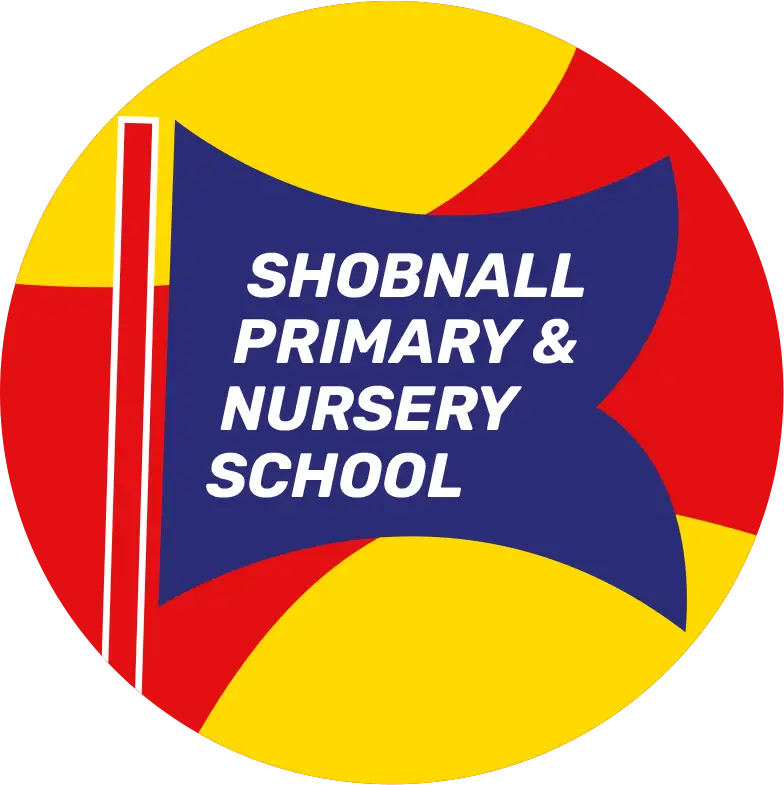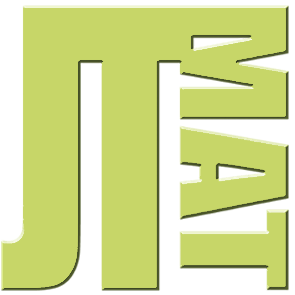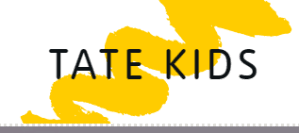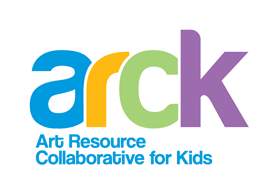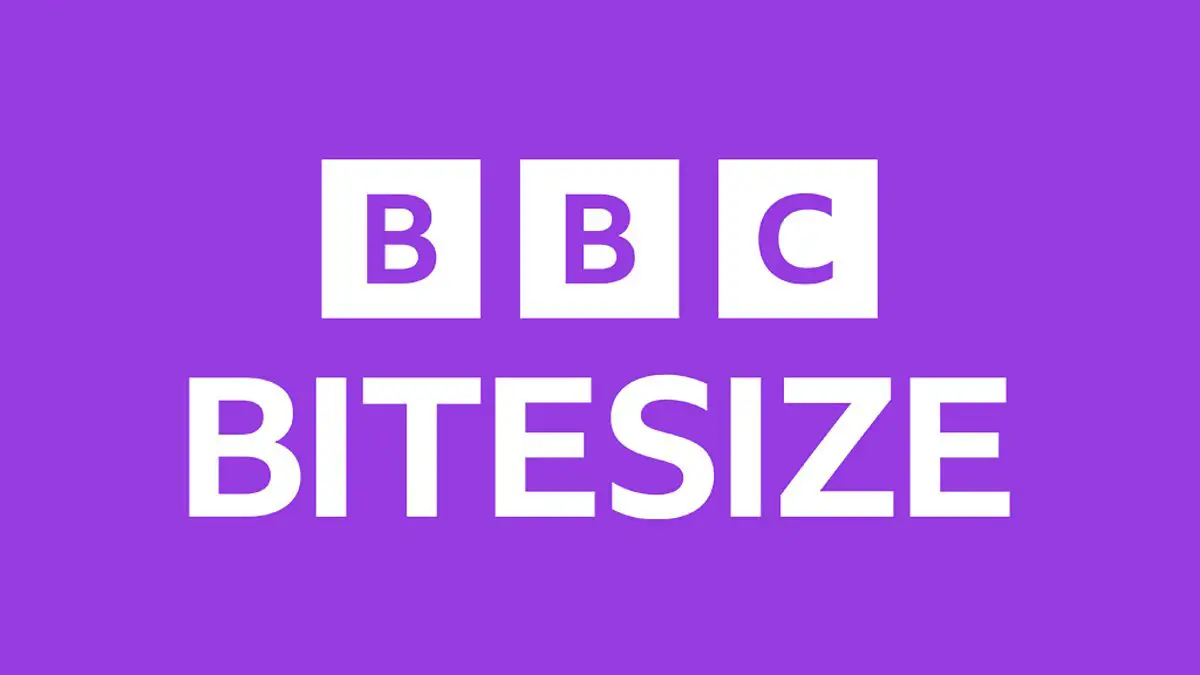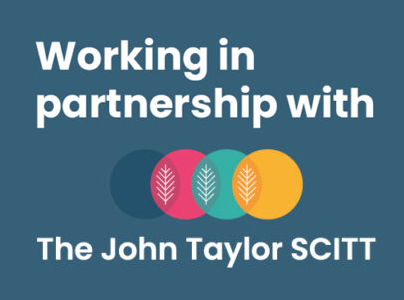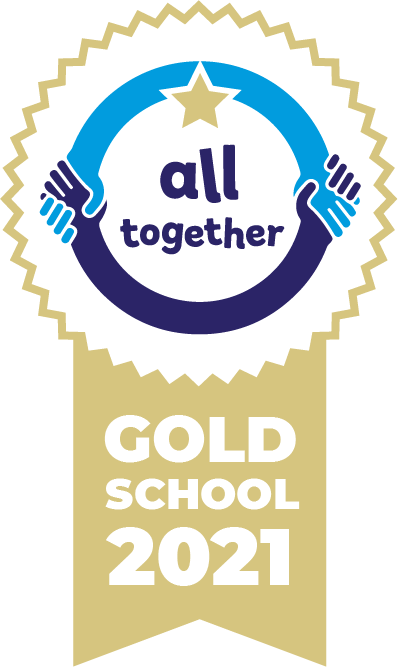Art & Design
Subject Leader
Miss M. Alexander
My name is Miss Alexander and I am the subject leader for Art at Shobnall Primary & Nursery School. I am enthralled by the many forms of art including drama, dance, poetry, craft, painting, sketching, digital art, music, mixed-media and sculpture. I believe that art expresses some of the greatest forms of creativity and I am passionate in enabling children to reach their potential within this area.
With this in mind, we have carefully planned our art and design curriculum at Shobnall Primary & Nursery School to offer a high-quality art and design education which engages, inspires and challenges pupils, equipping them with the knowledge and skills to experiment, invent and create their own works of art, craft and design. As pupils progress, they are able to think critically and develop a more rigorous understanding of art and design. They also know how art and design both reflect and shape our history, and contribute to the culture, creativity and wealth of our nation.
To ensure that learning is meaningful, we also offer a range of CPD opportunities for all staff and have a culture of knowledge sharing across the academy. Through this collective learning, I am proud that our team is always striving to be the best that it can be.
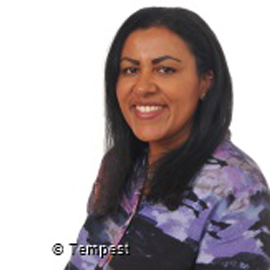
Vision
At Shobnall Primary & Nursery School, our vision is to enable children to develop ideas through an artistic process, master techniques by developing skills so that ideas may be communicated and take inspiration from great artists and artisans throughout history. Our children display a passion for and commitment to the subject!
Aims and Goals
At Shobnall Primary & Nursery School we aim to provide an art and design curriculum that can be taught effectively using cross-curricular methods and as a subject in its own right. It offers not only a technical and aesthetic element to the curriculum, but gives pupils the opportunity to respond in a personal and unique way to the environment. Art allows opportunity for expression and imagination in the handling of images, tools and materials. Both two and three-dimensional experiences must be offered in an essentially pupil centered environment. Art is a subject that can be enjoyed by most pupils, and can offer opportunity to achieve success at every intellectual level, through a variety of materials.
EYFS
In the Early Years Foundation Stage, we teach art through the expressive arts and design strand of the Early Years Framework. Ongoing experiences and opportunities linking to children’s developing art and design are planned from the objectives set out in the Early Years Framework, which underpin the curriculum planning for children aged 3-5 at Shobnall Primary & Nursery School. These are covered and explored during the Early Years in a many ways. The children are given the opportunity to explore colour, texture, shape and form in two and three dimensions. They have access to a wide range of constructions, collage, painting and drawing activities, using appropriate tools and art materials. In order to tap into their artistic potential, the children will be encouraged to develop their own creative ideas.
These experiences ensure that children develop a secure understanding of art and design. By the end of the Reception year, they will be able to:
- Safely use and explore a variety of materials, tools and techniques,
experimenting with colour, design, texture, form and function; - Share their creations, explaining the process they have used;
KS1 and KS2
The national curriculum for art and design aims to ensure that all pupils:
- Produce creative work, exploring their ideas and recording their experiences.
- Become proficient in drawing, painting, sculpture and other art, craft and design techniques
- Evaluate and analyse creative works using the language of art, craft and design.
- Know about great artists, craft makers and designers, and understand the historical and cultural development of their art forms.
With this in mind, our programme of study for art and design clearly sets out which matters, skills and process that pupils are expected to know, apply and understand at each point in the year for all groups.
Curriculum
At Shobnall Primary & Nursery School, we aim to provide a history curriculum that is creative, inclusive, challenging and inspired by the real world. It inspires future thinkers, innovators and problem solvers. It promotes curiosity and supports high quality teaching and learning. Through this carefully planned curriculum we enable all children to reach their full potential.
We embed knowledge categories to give students a way of expressing their understanding for the threshold concepts (as previously stated above.)
For each of the threshold concepts three Milestones, each of which includes the procedural and semantic knowledge students need to understand the threshold concepts, provides a progression model.
EYFS
In the Early Years Foundation Stage, we teach history through the Past and Present strand of the Early Years Framework. Ongoing experiences and opportunities linking to children’s developing understanding of the world are planned from the objectives set out in the Early Years Framework, which underpin the curriculum planning for children aged 3-5. The experiences that we provide ensure that children develop a secure understanding of the world around them. By the end of the Reception year, they will be able to talk about the lives of the people around them and their roles in society, know some similarities and differences between things in the past and now, drawing on their experiences and what has been read in class and understand the past through settings, characters and events encountered in books read in class and storytelling.
KS1
The Primary National Curriculum aims for all children to:
- Develop a chronologically secure knowledge and understanding of British, local and world history, establishing clear narratives within and across the periods they study. They should note connections, contrasts and trends over time and develop the appropriate use of historical terms. They should regularly address and sometimes devise historically valid questions about change, cause, similarity and difference, and significance. They should construct informed responses that involve thoughtful selection and organisation of relevant historical information. They should understand how our knowledge of the past is constructed from a range of sources.
In planning to ensure the progression described above through teaching the British, local and world history outlined below, teachers should combine overview and depth studies to help pupils understand both the long arc of development and the complexity of specific aspects of the content.
KS2
The Primary National Curriculum aims for all children to:
- Continue to develop a chronologically secure knowledge and understanding of British, local and world history, establishing clear narratives within and across the periods they study. They should note connections, contrasts and trends over time and develop the appropriate use of historical terms. They should regularly address and sometimes devise historically valid questions about change, cause, similarity and difference, and significance. They should construct informed responses that involve thoughtful selection and organisation of relevant historical information. They should understand how our knowledge of the past is constructed from a range of sources.
In planning to ensure the progression described above through teaching the British, local and world history outlined below, teachers should combine overview and depth studies to help pupils understand both the long arc of development and the complexity of specific aspects of the content.
Assessment
Art learning is recorded in sketchbooks across the school and should typically evidence all four stages (Generating Ideas, Making, Knowledge and Evaluation). We encourage children to treat their sketchbooks like journals and their thoughts and learning are recorded in a format that they would like to use. Each child is unique and each sketchbook should be unique, enabling children to develop their independence and creativity.
Teachers assess children’s knowledge, understanding and skills in Art by making observations of the children working during lessons. Feedback given to children by their peers or teachers is in the form of discussions so their art is not marked in the process. Children are also encouraged to be critical of their own work, highlighting their own next steps.
Cross-Curricular
Fundamentally, everyone’s experience of the world is cross curricular, as everything that surrounds us can be seen and understood from multiple perspectives. Our art and design curriculum at Shobnall Primary & Nursery School therefore aims to take advantage of a range of opportunities for children to make links between different subject areas, supporting the use and application of what has already been taught and learned in new and different ways and providing opportunities for deep, meaningful learning. Through art and design pupils learn how to take risks, becoming resourceful, innovative, enterprising and capable citizens. Upon the evaluation of past and present design, they develop a critical understanding of its impact on daily life and the wider world. High-quality art and design education makes an essential contribution to the creativity, culture, wealth and well-being of the nation.
Visits and Enrichment
At Shobnall Primary & Nursery School we place great emphasis on the importance of educational visits and visitors to enhance the teaching and learning of art. These visits and visitors, which provide valuable opportunities for learning through first-hand experience, are therefore an integral part of the curriculum and allow our children to make valuable connections between what they have learned in class and their first hand experiences in the real-world.
To enrich our curriculum, we have carefully chosen experiences that allow our children to enjoy hands-on activities linked to art and design topics.
For example, throughout the school children are taught are range of knowledge and skills by an art specialist. The children acquire the knowledge and understanding through a sequence of learning experiences enabling them to develop their skills in many art forms.
Pupil Voice
At Shobnall Primary & Nursery School we believe that the view of every pupil is important to ensure that we provide the best education possible.
Documents and Useful Links
Please see below a selection of documents that relate to the intent, implementation, and impact of art and design teaching and learning at Shobnall Primary & Nursery School. If you require any additional information relating to this subject, then please contact the subject leader, Miss Alexander, via the school office email. Click on the links below for useful resources too!
